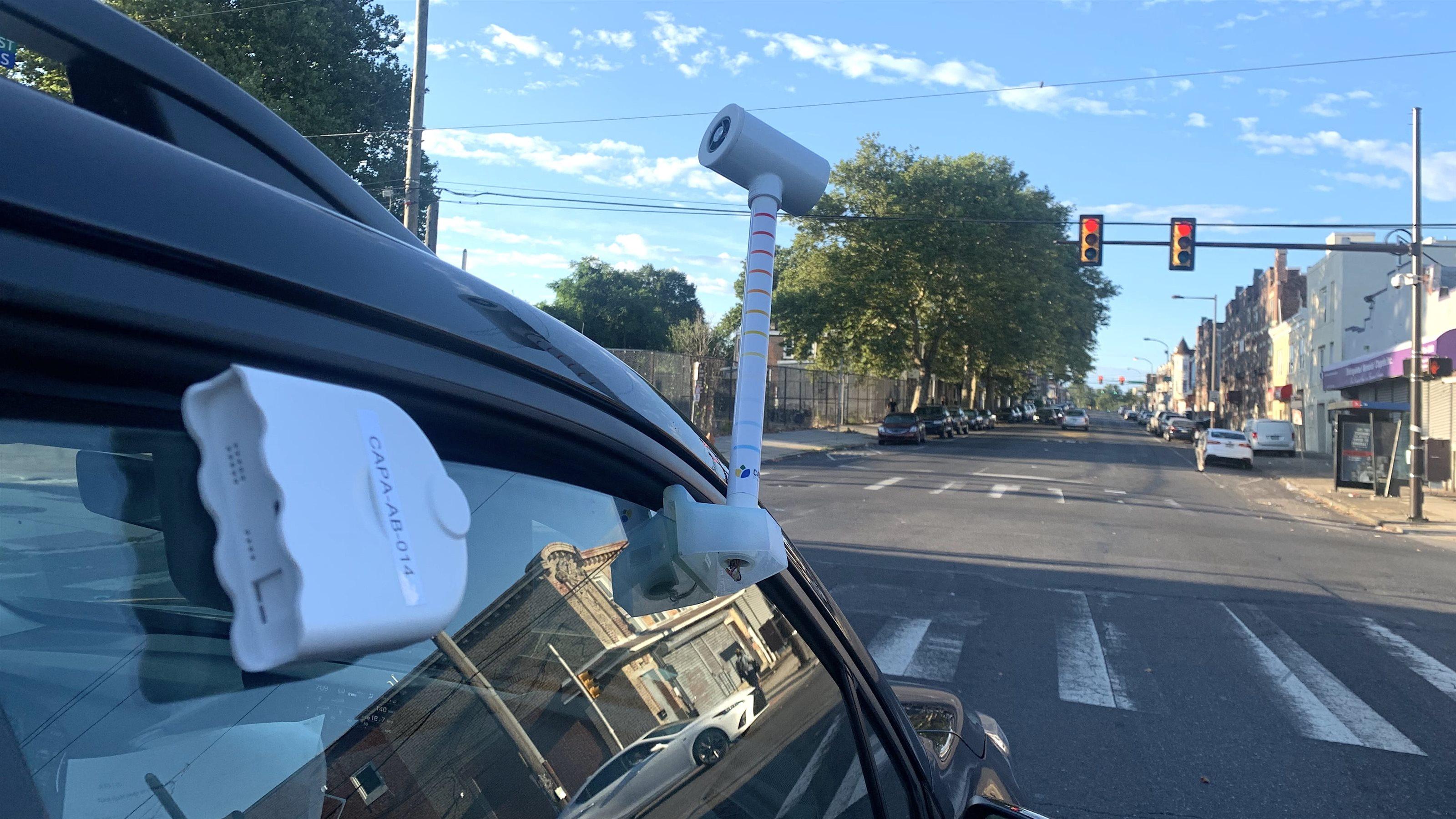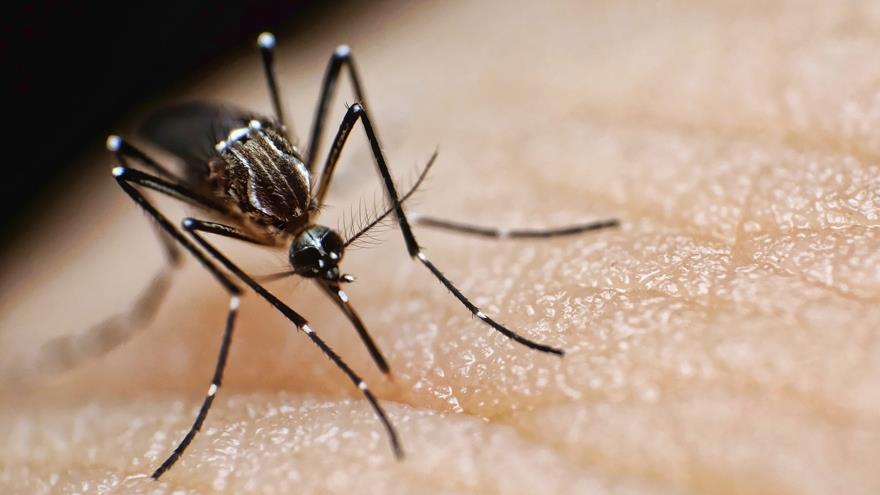City Residents Help the Academy of Natural Sciences Map Urban Hotspots

Finley Gleason, 15, sat patiently in the passenger seat of Patricia and Tom Gleason’s black Subaru on July 30, heading to his first science study aimed at addressing a public health problem. He didn’t help much with navigation — he is a dog, after all. His “parents” were among 50 community scientists helping with the Philadelphia Urban Heat Mapping Campaign, a study in which the Academy of Natural Sciences of Drexel University collaborated with the National Oceanic and Atmospheric Administration.
The Gleasons followed one of 10 carefully plotted routes around the city with sensors mounted to their car windows for a one-hour drive. The sensors recorded both the temperature and tiny particulates in the air that pose serious problems for those with heart or lung diseases. One of 16 cities participating in this year’s NOAA study, Philadelphia is only one of two recording air quality.
“Philly only has ten air quality monitoring stations,” Academy director, director of community science and site organizer Richard Johnson said. “We have a lot of industry, and this data could help the city decide that we do need more monitoring stations, particularly in environmental justice communities where people already working on this say we have these issues but don’t have the data to back it up.”
The NOAA study was federally funded and supported by CAPA Strategies, which supplied the sensors, and will use the data collected to provide a snapshot of how urban heat and air quality varies across neighborhoods on a hot summer day. Cities typically experience higher temperatures than nearby suburban and rural areas, due to large swaths of concrete and asphalt that absorb heat and lead to dangerous overheating situations. Heat and pollution go hand-in-hand, and the effects are often the worst in communities of color or low-income areas.
While measuring temperature and air quality, Johnson also aimed to engage members of the community who have a vested interest but aren’t often invited to take part in studies.
“We made a real concerted effort to involve groups already working in the areas we wanted to focus on,” Johnson said. “I want to maintain relationships with these communities and use the study as a platform to talk about the work they’re doing. Now that we’ll have this data, the next step is to make sure we use it and disseminate it so people who are making these decisions at the community and city level see where there needs to be more targeted work to deal with heat and air pollution.”
Johnson recruited Academy members, Drexel students and staff and members of community groups including Esperanza, Historic Fair Hill, Northeast Tree Tenders, Philly Thrive, Residents Organized for Advocacy and Direction, Southwest Community Development Corporation, Tookany/Tacony-Frankford Watershed Partnership and United Neighbors of West Oak Lane to record the data. Johnson hopes partner groups can work with the data to bring relief to areas lacking in tree cover and green space, which reduce heat.
“I can feel the difference when I’m walking Finley,” said Patricia, who lives in the Fairmount neighborhood. “I try to do it in the early morning because as the day goes on and the concrete and asphalt gets hotter, I see him picking up his paws while we’re waiting at corners and such.”
Johnson collected feedback and sensors throughout the day.
“Overall, I think it was a huge success,” Johnson said, acknowledging a few glitches with navigation and the sensors. “Everyone had that spirit of trying to figure it out.”
NOAA will create maps based on the gathered data, and Johnson hopes to have those maps back in three months. Then, they can be used to inform policies in the city.
“It was amazing to see everybody go out and do this together, and there’s just no other way to get this info,” Johnson said. “It’s incredible. Philly pulled together and got it done.”
In This Article
Drexel News is produced by
University Marketing and Communications.

